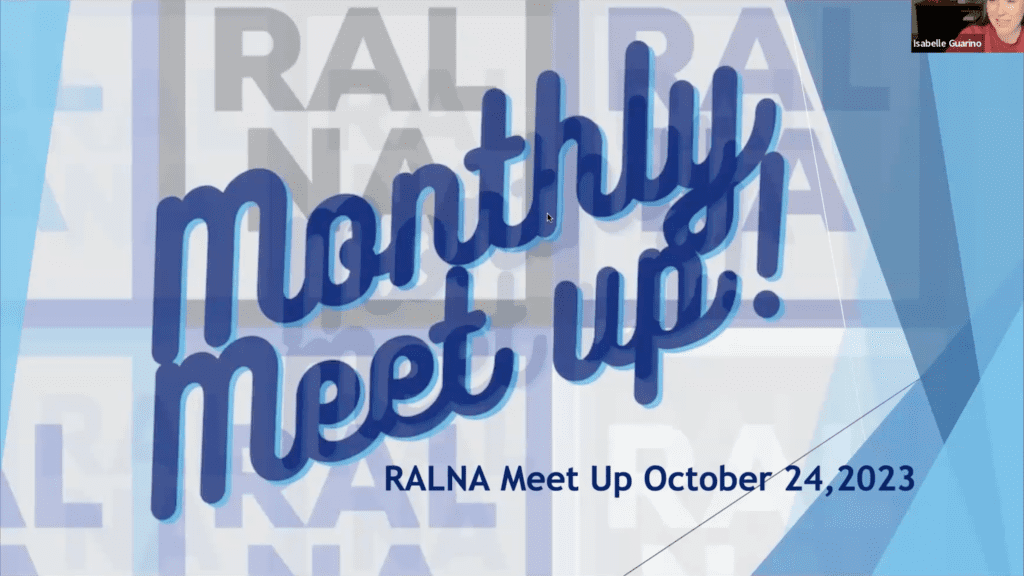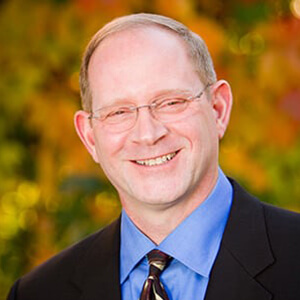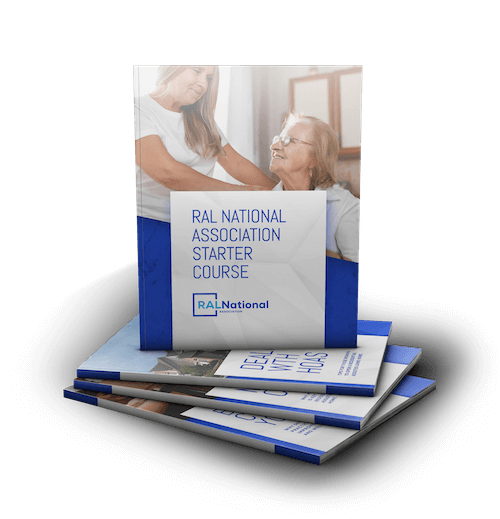A Guide for Residential Assisted Living Owners.
You may have been reading stories recently about the decrease in lifespan and increase in chronic illness in America. As a result, residential assisted living services will be more important than ever in the years to come, and will be provided for younger populations that do not yet consider themselves “disabled.”
A recent Washington Post article sums the situation up.
While opioids and gun violence have rightly seized the public’s attention, stealing hundreds of thousands of lives, chronic diseases are the greatest threat, killing far more people between 35 and 64 every year.
Heart disease and cancer remained, even at the height of the pandemic, the leading causes of death for people 35 to 64. And many other conditions unfold in tens of millions of U.S. households — have become more common, including diabetes and liver disease. These chronic ailments are the primary reason American life expectancy has been poor compared with other nations.
AN EPIDEMIC OF CHRONIC ILLNESS IS KILLING US TOO SOON
I might have named this article “35 is the new 65.”
For residential assisted living owners, this presents both a challenge and an opportunity. Recognizing these new healthcare realities, and marketing to them effectively, can provide an important reshaping of assisted living. I am going to discuss several areas where opportunities exist to help RAL navigate this new landscape.
There are some daunting healthcare issues in America today. Declining life expectancies, an alarming rise in chronic illnesses, and socio-economic disparities exacerbating the situation. This scenario, while presenting numerous challenges, also illuminates opportunities for the residential assisted living sector.
In other words – You can help.
Putting America’s Health Crisis in Context:
Recent trends indicate that the U.S. is not faring well against its peer countries. Chronic ailments are emerging as significant threats, overshadowing even the impactful realms of opioids and gun violence. Diseases like heart disease, diabetes, cancer, and liver complications have expanded, especially within the 35-64 age bracket. Geographically, areas, notably the Midwest and the South, have seen a surge in death rates, outpacing figures from four decades prior. This matrix of health, economy, geography, and socio-political fabric calls for a response and empathetic intervention from policymakers. But there is no reason that RALs cannot begin working in the area now.
Tailored Care Programs as a Differentiator
We always talk about niche markets in residential assisted living. It seems that this surge in chronic diseases presents niche opportunities for RALs offering specialized care for conditions like diabetes, heart disease, or obesity. This is certainly no stretch of the imagination. There are group homes for eating disorders. Campaigns emphasizing these niche programs, projecting a holistic blend of medical intervention, dietary regimes, and overall health maintenance, can strike a chord with potential customers.
Robust Digital Outreach Anchored in Hard Data
This next marketing approach may require some outsourcing. RAL owners are typically quite busy. And I am sure that if you own one, you may be thinking, “Seriously? I don’t have time for one more thing!” But the opportunity is there and I am sure that some of the vendors that come to the RAL national convention can help you.
Digital platforms, if strategically harnessed, can play a critical role for you. Content-rich blogs, engaging infographics, interactive webinars, and online consultations, all anchored in empirical data detailing the health scenario, can deeply resonate with both potential residents and their families.
Again, you can outsource this.
Focused Community Engagement
For facilities in areas hardest hit by the health crisis, proactive community engagement is non-negotiable. Initiatives like health camps, workshops, and seminars, especially those targeting chronic disease management, can be instrumental. These not only foster trust but elevate a facility’s reputation, making it synonymous with community well-being.
Offering Economically Accessible Solutions
Love it or hate it – RAL owners are constantly in the business of helping solve the economic issues of potential clients. In fact, the better you are at solving the financial problems of potential residents, the more successful you will be.
There are some novel opportunities here. Marketing strategies emphasizing financial assistance, staggered payment plans, and collaborations with health insurance providers can be attractive to a broader audience. How do you put those together?
This topic alone is worth some time here at the national association. I hope we can hold a meeting with some of our Board of Advisors to get them to help brainstorm on this issue. Or hold a panel discussion at the next convention. Or both?
Accentuating Preventive Healthcare
In an era where prevention could drastically alter lifespan, facilities promoting preventive healthcare can stand out. Ok, residents of assisted living come in the door with a collection of health challenges. Nonetheless, prevention strategies can help improve those conditions and make life more pleasant for your residents as well as potentially extending their stay with you.
Strategies should spotlight regular health screenings, including some dietary and other dementia recovery and prevention programs such as those offered by Dr. Dale Bredesen (End of Alzheimer’s), custom dietary planning, and structured exercise regimens, offering residents a more tightly integrated care experience.
Catering to Racial and Ethnic Health Discrepancies
With the health crisis spotlighting racial discrepancies, facilities equipped with programs addressing the nuanced health needs of diverse racial and ethnic groups can gain a competitive edge. Outreach efforts, cultural inclusivity initiatives, and health programs tailored for specific communities can make residents feel recognized and valued.
Showcasing Staff Expertise and Continuous Development
A facility’s credibility often hinges on staff skills. Regular showcases of staff training programs, advanced certifications, partnerships with medical luminaries, and upskilling initiatives can reassure potential residents about the standard of care they’re poised to receive.
Collaborative Initiatives with Local Media
Local media, with its reach, can be a formidable ally. Collaborative initiatives with newspapers, radio, and TV can bolster a facility’s presence. Regular features, expert columns, spotlight segments, and community health bulletins can make a facility a household name.
Alliances with Healthcare Organizations
Partnerships with local clinics, renowned hospitals, and other health establishments can be transformative. Joint health drives, seminars, and shared platforms for awareness can enhance credibility and amplify outreach.
Yes, I know that smaller RALs are very busy. Nonetheless, this is an opportunity to grow your business.
Indeed, as this increasingly becomes part of the public policy discussions, it may be more than an opportunity to grow. It may be required to keep up.
Personal Narratives and Testimonials:
With chronic health conditions dominating discourse, personal narratives can be influential. Detailed testimonials, experiential video segments, or success narratives can provide prospective residents with a palpable glimpse into potential health transformations.
You are already doing this somewhat with your existing marketing programs. So this should be relatively simple for you and merely provide some additional focus.
Comprehensive Well-being Paradigms
Beyond specialized care, holistic well-being programs can also be enticing. Facilities offering a spectrum of activities – hobby classes, meditation sessions, group outings, and communal gatherings – can appeal to prospective residents seeking a balanced life.
How do you do this as a small RAL? Again, you may need some outsourcing here.
We will look for some additional resources or vendors to the next RAL national convention to offer some specific tools for you.
Staying Adaptable and Updated
With the health landscape in flux, staying updated is essential. Regularly revising marketing strategies to mirror evolving health trends such as discussed here necessary to ensure your relevance and resonance with potential residents.
The RAL Academy and the RAL National Association are constantly on the lookout for resources that help you be successful and expand your positive impact on the community.
We would love to hear your thoughts about this important topic as well as suggestions you may have about important industry topics for the future. You can reach out to me with your thoughts or comments at [email protected].













